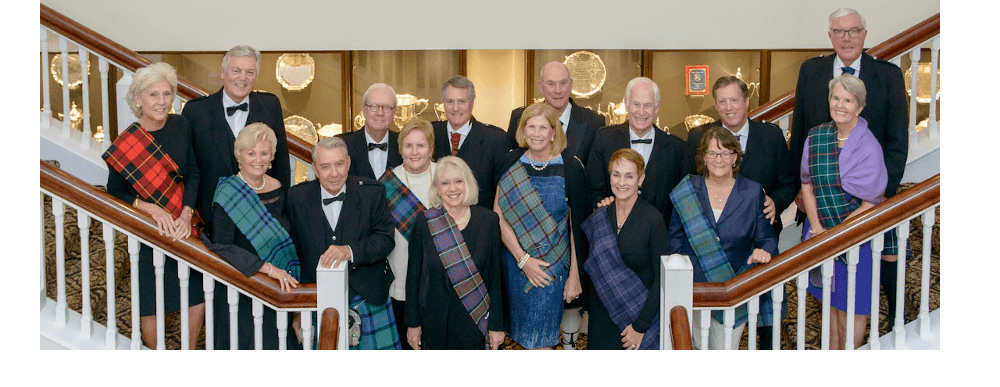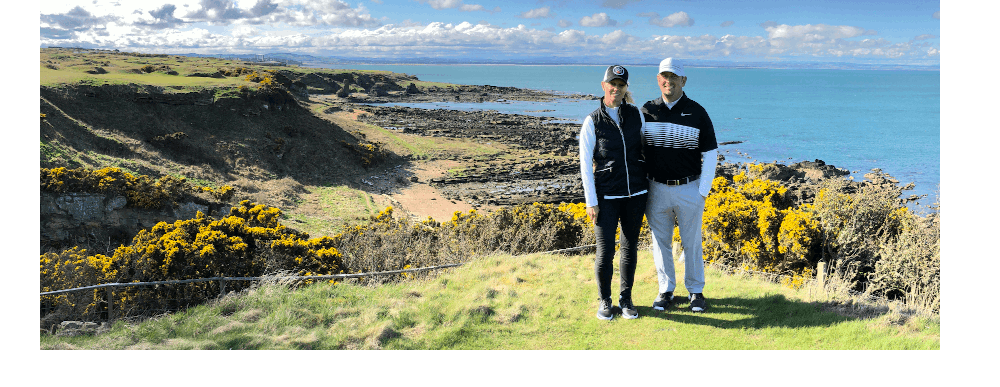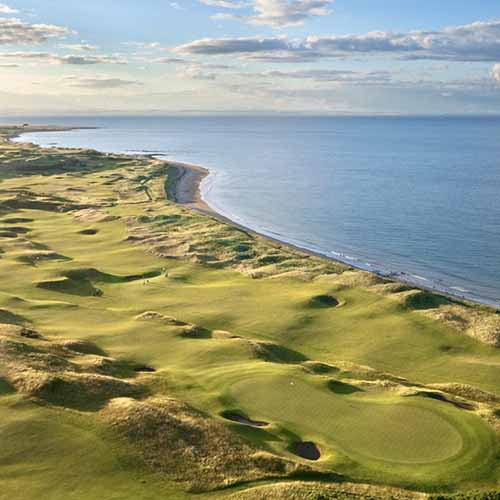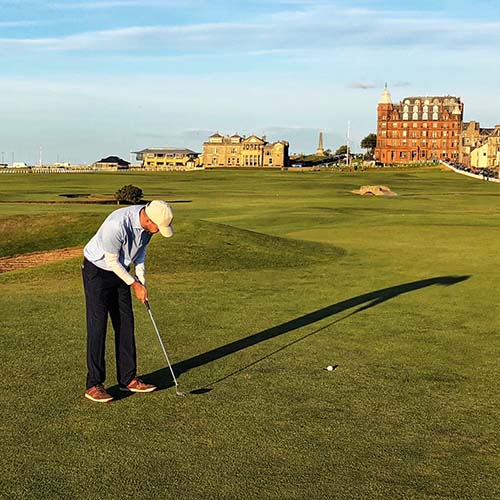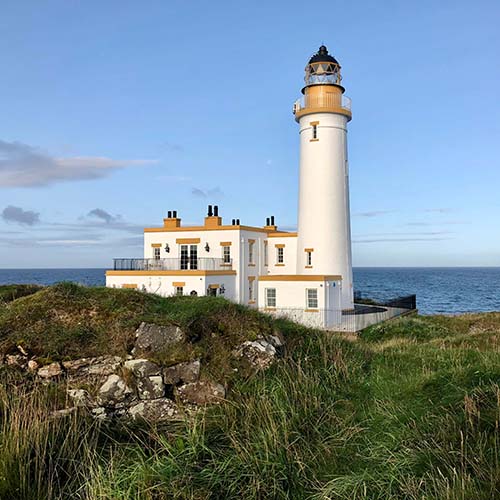Dunbar Golf Club
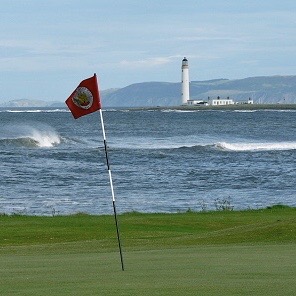
6597 YARDS
PAR 71
Designer: Old Tom Morris, James Braid, Ben Sayers
The region commonly known as Scotland’s Golf Coast has earned its name for very good reason. Beginning with famous Musselburgh and working east, the golfer is treated with a concentration of links courses which could rival any group in the world. From Craigielaw and Gullane, to The Renaissance Club and North Berwick, with a little place called Muirfield in-between, one could easily spend a week on Scotland’s Golf Coast, playing a different course each day, and never grow bored. A week made all the more interesting with a round at Dunbar Golf Club.
Golf has been played in this part of the world for some 400 years. In 1617, just a few miles west of the Dunbar links, a number of “gouffers” were reprimanded by the church for playing on the Sabbath. As for the Dunbar Golf Club itself, evidence shows it dates to the heart of George Washington’s time as President, when 27 golfers established rules of play and formed the Dunbar Golfing Society in 1794. The Society soon disbanded, however, only to be reconstituted in 1856 as today’s Dunbar Golf Club.
Throughout its lengthy history, the Dunbar links has been the subject of constant evolution. The original course was just 15 holes and was later completely redesigned and extended by Old Tom Morris. Like most courses during the era, Dunbar went through long periods of disrepair due to both World Wars. The absence of golfers, combined with the coastal defenses installed along the shore, threatened the club’s survival, yet in a properly British response to adversity, they managed to press on. Soon five-time Open champion James Braid and local golf professional Ben Sayers were commissioned to restore the links, though it has continued to evolve through the decades into the course as we know it.
After a relatively gentle opening trio of holes, the course leads to the heart of the linksland where the more interesting golf is squeezed between the shoreline and an ancient stone wall. From the 4th hole onward, the views are at times spectacular and the winds are at times daunting. At just over 6500 yards, those ever-changing winds are Dunbar’s primary defense, turning club selection into a rather delicate task. The stretch from the 11th through 13th is where the test will likely reach its crescendo, as the teeth of that prevailing wind, paired with a few wickedly slopped putting surfaces, makes par a rare commodity.
In the golf rich region of East Lothian, it would be quite easy for a course like Dunbar to be overlooked when planning a golf trip to Scotland. It lacks the esteem of Muirfield, the recent championship pedigree of Gullane, and the almost cult-like following of North Berwick. Dunbar’s standing on Scotland’s Golf Coast is secure, however, thanks to a marvelous course and warm hospitality. Of course, given that this ground has captivated golfers for over 400 years, it’s safe to say they’re doing something right.
For more insight on planning your golf trip to Scotland, visit the pages below, read our Scotland golf trip reviews, or have a look through our Yardage Book, where you’ll find answers to many of our most frequently asked questions.
If you’re ready to experience Golf at its Finest with Haversham & Baker…













